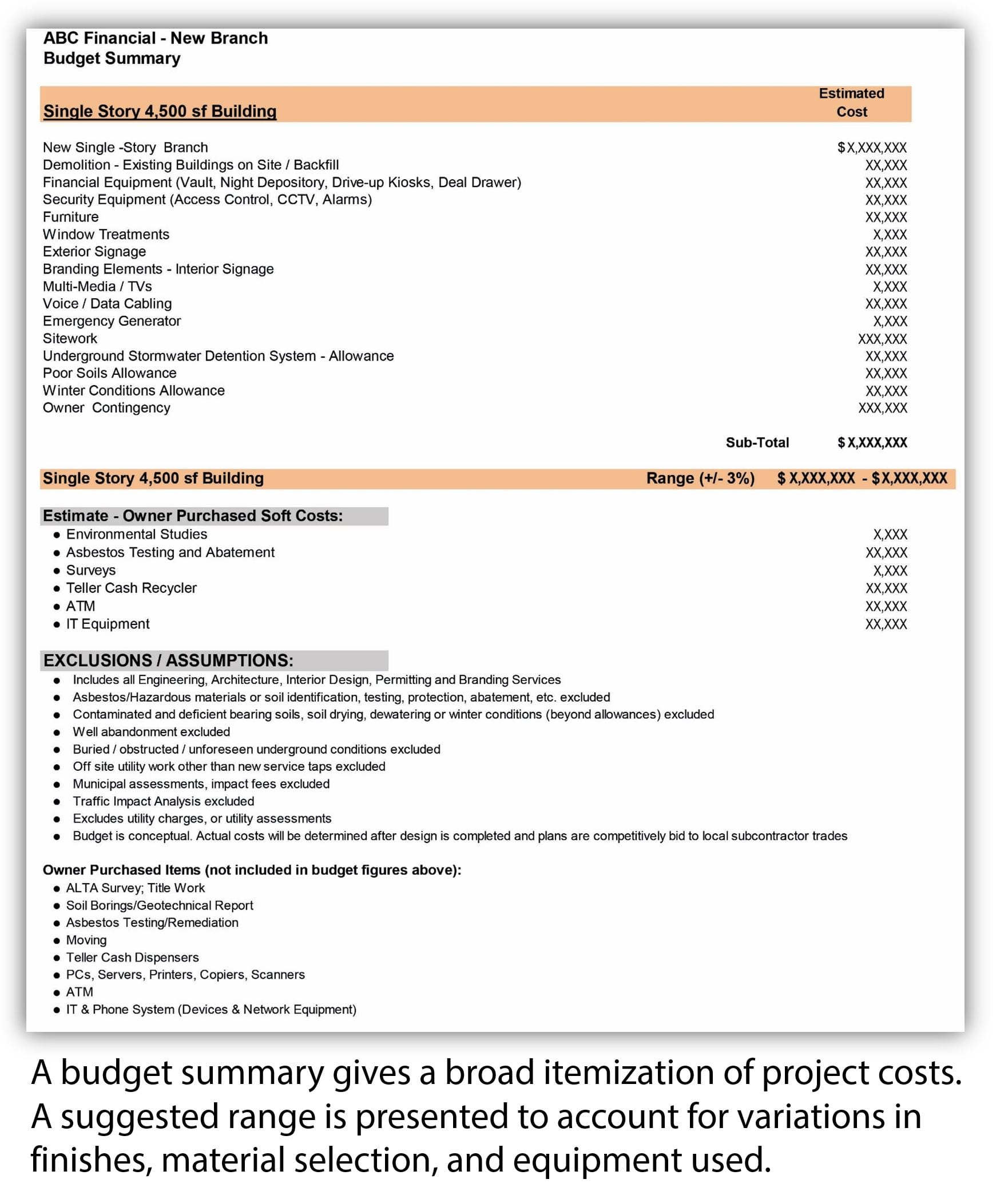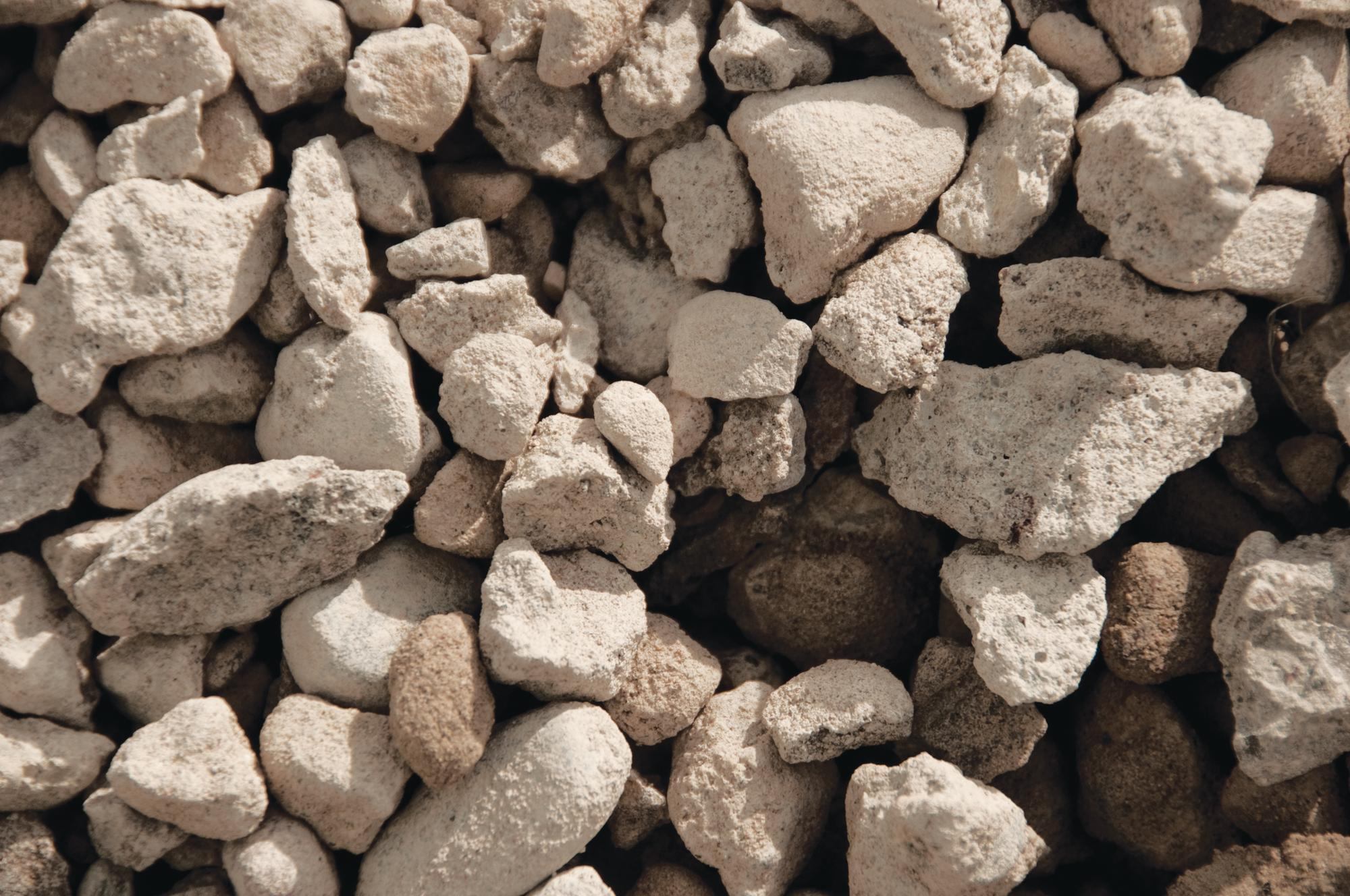
The process of recycling plastic concrete is a way of turning waste plastic into environmentally friendly resources. Each year, plastics are made up to 100 million tonnes. Global production is expected grow by 3% annually. The recycled-based plastics are used as a substitute for traditional coarse aggregates in concrete. These plastics provide many mechanical advantages and reduce construction costs.
Reusing used plastics can also reduce carbon dioxide emissions. It can also increase concrete's durability. Concrete's use of plastic waste is still in its infancy. However, many researchers have looked at the mechanical properties of concrete made from recycled plastic. These studies have shown the benefits of using recycled plastics for aggregate.
Composite concrete's performance is affected by the shape and size pores. Large pores result in a reduction in compressive strength. Interconnected pores with smaller sizes allow water to flow through the mixture more easily. The concrete's movement also depends on the shape of the pores.

The replacement of a certain quantity of plastic with another material in concrete has a significant impact on the workability of the mix. Additionally, concrete's flexural strengths increase with time. This phenomenon can be attributed to the increased concentration of stresses along the borders of recycled plastic aggregates. Concrete has a compressive strength comparable to that of concrete.
A positive effect on concrete quality is achieved when a portion of the recycled plastic is replaced by a conventional coarse gravel (CA). In addition, it has the potential to decrease the energy needed for production. It reduces demand for natural materials. The U.S. estimates that natural aggregates contribute between 13 percent and 20% to the total carbon dioxide emissions of the concrete industry.
It is still being studied how concrete using recycled plastic as an aggregate can impact the environment. However, despite these limitations, there is still potential to reduce the usage of natural materials. Concrete can also use recycled-based plastics as fibers. This could reduce steel consumption by 7.8% and the labor and cost of construction. It would also allow for huge reuse of plastics if recycled-based plastics were used in concrete at a rate between 5 and 5%.
Ettringite formation might be hindered by organic materials found in recycled plastic. Chemically treating plastic particles can increase the bond between the cement matrix (plastic aggregate) and the particle. Microstructural analysis results indicate that there are two minerals present, namely corrosion mineral and thenardite. EDS analyses have confirmed that both minerals are present.

The use of recycled plastic in concrete has been evaluated for many different types of applications. It was found that concrete with recycled PET has a lower environmental impact by up 58%. In addition, it improved the impact resistance. It was also discovered that concrete's tensile resistance increased by 19% after 30% of its material was recycled.
FAQ
How Much Does it Cost to Renovate a House?
The type of material, the project size and the complexity of renovations will all impact the cost. Some materials such as wood require additional tools like saws and drills while others like steel do not. The price of renovation also varies depending upon whether you want your contractor to do everything for you or if you prefer doing some work yourself.
The average home improvement project cost is between $1,000 and $10,000. The total cost for a home renovation project would be $5,000 to $25,000 if you hire professionals. The cost to hire professionals would range from $5,000 to $25,000,000. On the other side, you could spend up to $100,000 if your task is completed entirely yourself.
It is important that you are aware of the many factors that affect the final price of renovations. You should consider the material used, such as brick vs concrete. Brick vs. concrete, the project's size, the number and duration of workers, etc. You must always keep these factors in mind when estimating the total cost of renovation.
How do you choose a good contractor to work with?
Ask your family and friends for recommendations when choosing a contractor. Check out online reviews. Check to make sure the contractor has experience with the type of construction you are looking for. Refer to previous clients and verify their references.
Do I need an architect or builder to help me?
You might find it easier to hire someone to do your home renovations. If you're looking to purchase a home, an architect or builder can help you achieve your goals.
Statistics
- According to the National Association of the Remodeling Industry's 2019 remodeling impact report , realtors estimate that homeowners can recover 59% of the cost of a complete kitchen renovation if they sell their home. (bhg.com)
- The average fixed rate for a home-equity loan was recently 5.27%, and the average variable rate for a HELOC was 5.49%, according to Bankrate.com. (kiplinger.com)
- On jumbo loans of more than $636,150, you'll be able to borrow up to 80% of the home's completed value. (kiplinger.com)
- Rather, allot 10% to 15% for a contingency fund to pay for unexpected construction issues. (kiplinger.com)
- A final payment of, say, 5% to 10% will be due when the space is livable and usable (your contract probably will say "substantial completion"). (kiplinger.com)
External Links
How To
How much money do I need to spend on my old house's restoration?
The cost of renovating a home depends on how many rooms it is, what kind of renovations, where it is located, and whether the work will be done by professionals or you. Depending on the size and scope, renovations can cost anywhere from $10,000 to $50,000.
If you are planning on selling your home after the renovation, it is likely that you will receive less than the market price if you do not account for the costs of repairs, improvements, and upgrades. If you do not put in enough effort to make your home attractive before selling, you might lose money. However, investing enough energy and time into improving the appearance of your home can help increase the value you get for it when you list it.
These factors will help you choose which projects to start first.
-
Your budget. Begin small if your budget is limited. You can start small, for example, by tackling one room at a given time. Or you can hire a contractor who specializes in kitchen remodeling to make some major changes without spending a lot of cash.
-
Priorities. What are your priorities? Do you want to improve your home's overall condition or fix specific issues? You should not limit your efforts to one problem. Even minor problems can quickly add up. For example, if your roof leaks after it rains you may have to replace it sooner than expected.
-
Your timeline. It's important to prioritise projects that don't impact the resale of your existing home if you plan on buying another property in the near future. If you are looking to purchase a new home next year, for example, you might not want to replace your bathroom fixtures or install hardwood floors right away. For these types of updates, you may wait until your house is sold to make the necessary changes.
-
Your skills. If you are unable to do a certain task, get someone else to do it. A cabinet maker might be available to help you if your carpentry skills do not allow you to make custom cabinets.